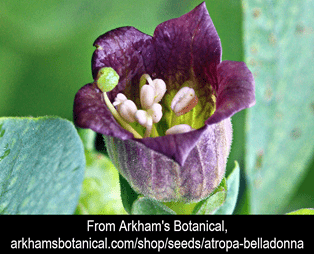Poisonous and Non-Poisonous Plants An Illustrated List
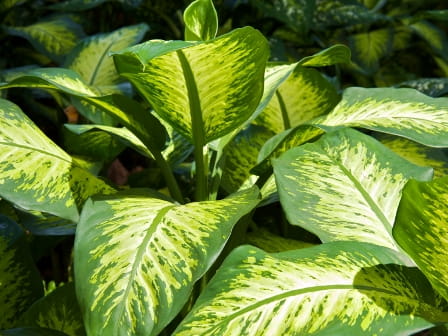
The Bottom Line
Some plants can be poisonous if you eat them. Others can hurt you if you get them on your skin. For some plants, all parts of the plant are poisonous. For others, only certain parts of the plant are harmful. The danger can range from mild irritation to severe illness or death. Check out our illustrated list of selected poisonous and non-poisonous plants.
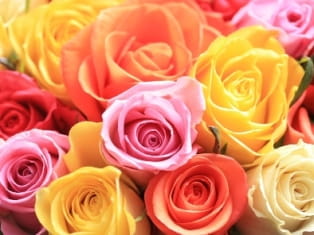
The Full Story
Some plants can be poisonous if you eat them. Others can hurt you if you get them on your skin. For some plants, all parts of the plant are poisonous. For others, only certain parts of the plant are harmful. The danger can range from mild irritation to severe illness or death.
Even non-poisonous plants can cause choking if someone tries to eat them. Every situation is different; these lists are just a guide.
- If someone eats a poisonous plant, call Poison Control for advice.
- Find out the names of your plants. If someone eats a plant, Poison Control needs to know what it is!
- Keep indoor plants where children can’t reach them.
- Watch young children carefully when they play outdoors.
- Teach children always to ask an adult before eating or drinking anything.
- When camping or picnicking - only eat wild plants if you know FOR CERTAIN what they are. People have died after mistaking hemlock for wild carrots.
The table below is an illustrated list of selected plants. The information divided into 3 sections:
Call Poison Control if you have plants that aren't on the list.
Poisonous Plants
| Poisonous Plants | ||
| Common Name | Botanical Name | Photo |
| Apple (seeds, leaves) | Malus spp. | 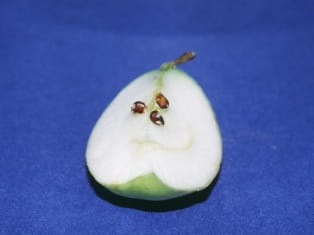 |
| Apricots, cherries, peaches, plums, nectarines (seeds, leaves) | Prunus spp. | 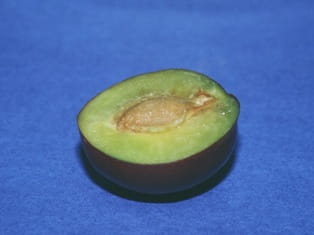 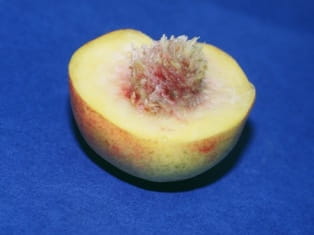 |
| Autumn crocus | Colchicum autumnale | 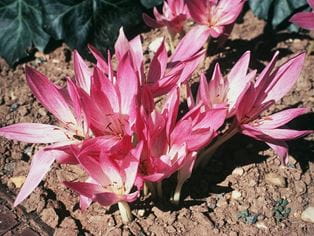 |
| Azalea, rhododendron | Rhododendron | 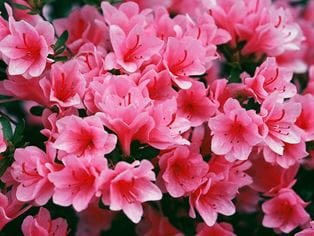 |
| Caladium |
Caladium | 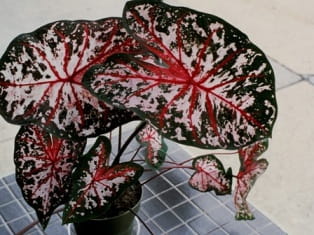 |
| Castor bean |
Ricinis communis | 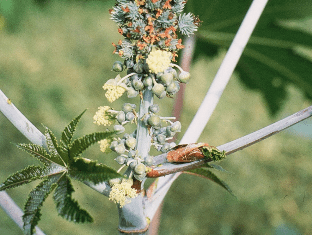 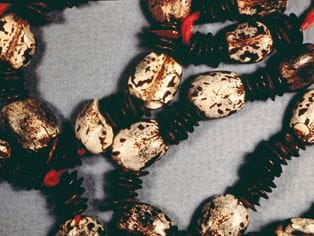 |
| Daffodil | Narcissus | 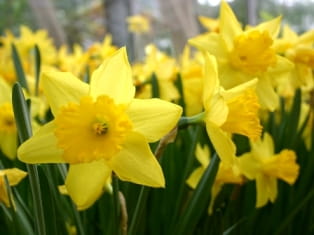 |
| Deadly nightshade | Atropa belladonna |
|
| Dumbcane |
Dieffenbachia |
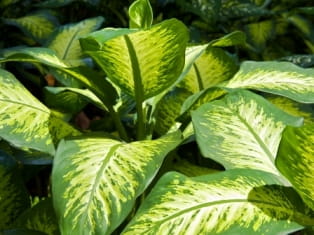 |
| Elephant ear | Colocasia esculenta | 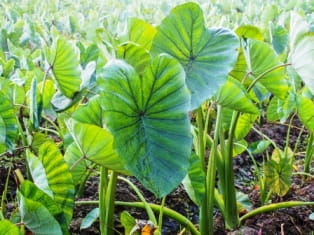 |
| Foxglove |
Digitalis purpurea | 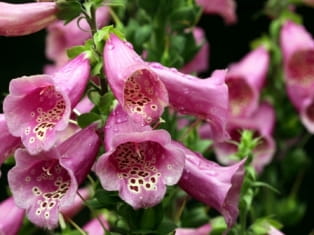 |
| Holly |
Ilex | 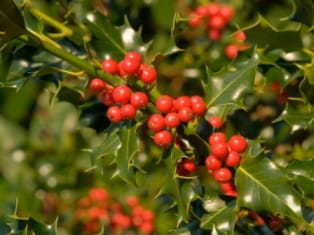 |
| Iris |
Iris | 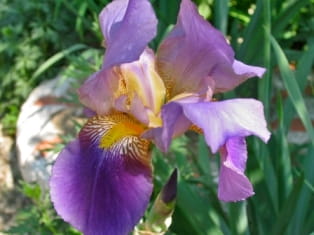 |
| Jack-in-the-pulpit |
Arisaema triphyllum | 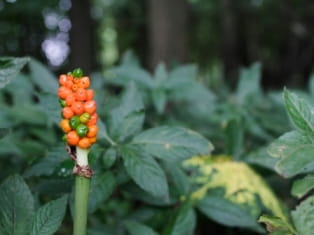 |
| Jerusalem cherry |
Solanum pseudocapsicum | 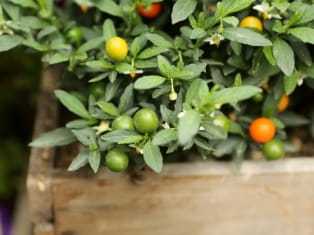 |
| Jimson weed |
Datura stramonium | 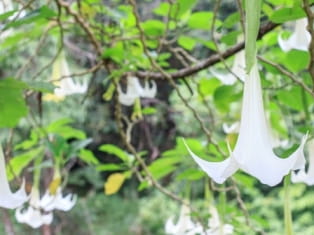 |
| Lantana | Lantana camara | 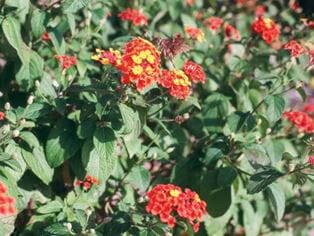 |
| Lily-of-the-valley |
Convallaria majalis | 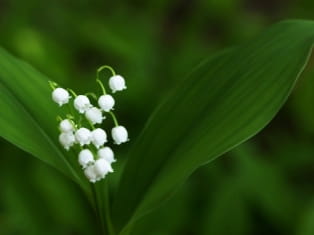 |
| Mayapple |
Podophyllum peltatum | 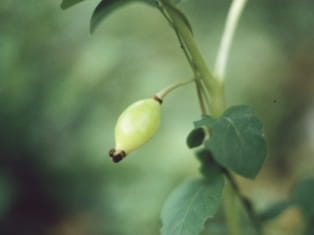 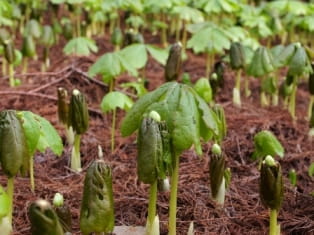 |
| Mistletoe | Viscum album | 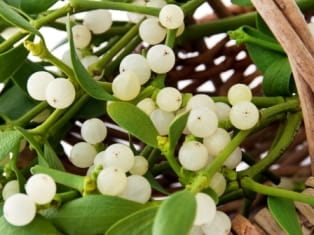 |
| Monkshood |
Aconitum napellus, other Aconitum spp. |
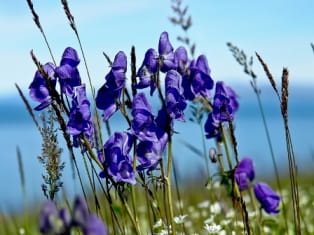 |
| Morning glory |
Ipomoea | 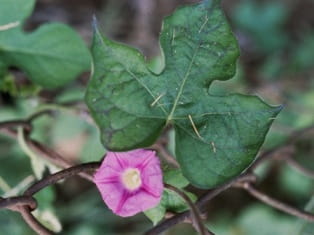 |
| Mountain laurel |
Kalmia latifolia | 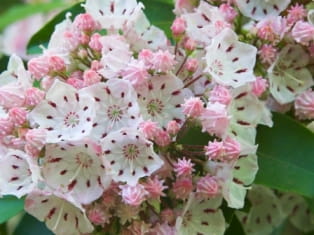 |
| Nightshade |
Solanum spp. | 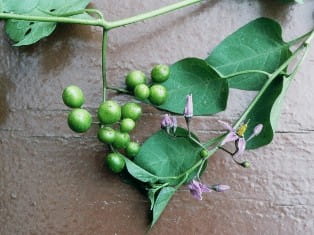 |
| Oleander |
Nerium oleander | 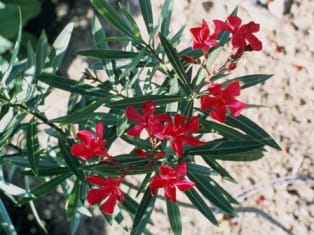 |
| Peace lily |
Spathiphyllum | 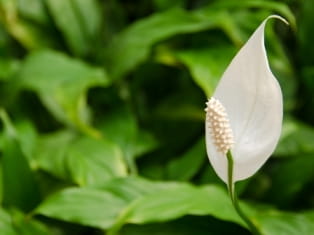 |
| Pennyroyal |
Mentha pulegium | 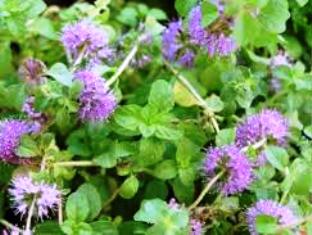 |
| Philodendron |
Philodendron |
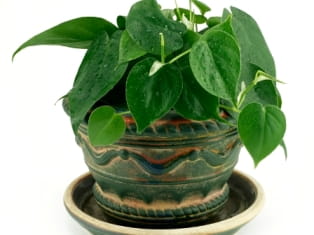 |
| Poison hemlock | Conium maculatum | 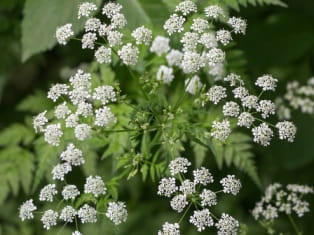 |
| Poison ivy, poison oak, poison sumac |
Toxicodendron spp. | 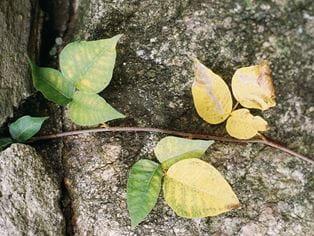 |
| Pokeweed | Phytolacca americana | 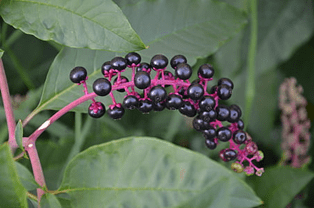 |
| Pothos |
Epipremnum aureum | 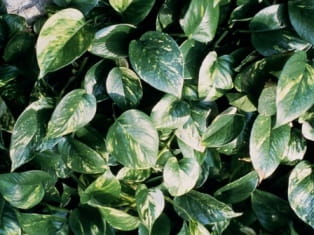 |
| Rhubarb (leaves) |
Rheum spp. |
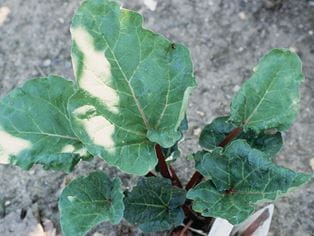 |
| Rosary pea |
Abrus precatorius | 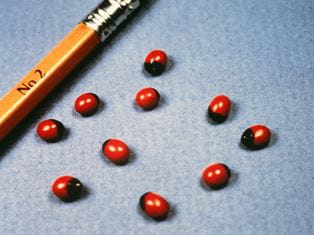 |
| Water hemlock | Cicuta maculata | 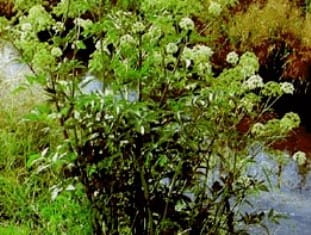 |
| Yew | Taxus | 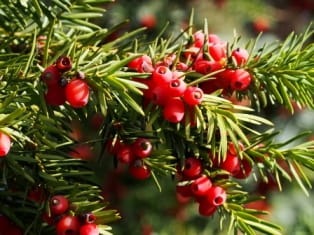 |
Non-Poisonous Plants
This table shows a few non-poisonous plants. Familiarize yourself with these, along with the poisonous plants above.
| Non-Poisonous Plants | ||
| Common Name | Botanical Name |
Photo |
| African violet | Saintpaulia ionantha |
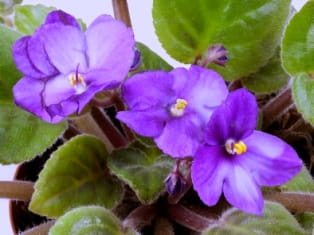 |
| Begonia | Begonia | 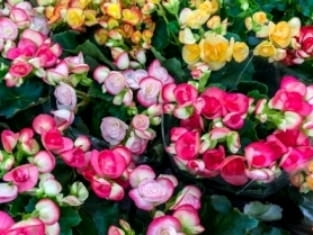 |
| Christmas cactus |
Schlumbergera bridgesii |
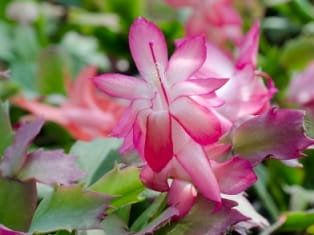 |
| Coleus | Coleus | 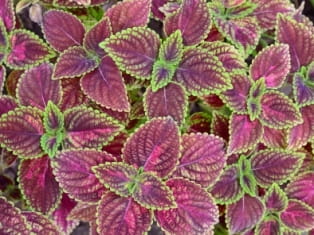 |
| Dandelion |
Taraxacum officinale |
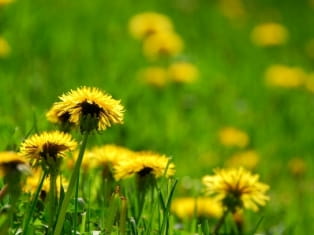 |
| Dracaena |
Dracaena |
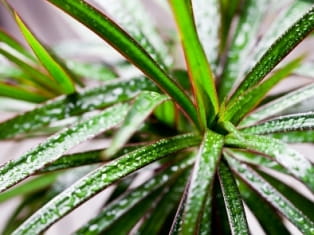 |
| Forsythia |
Forsythia | 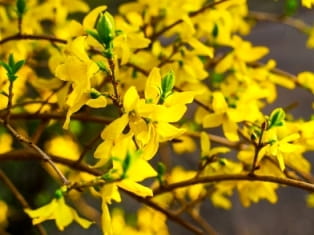 |
| Impatiens |
Impatiens |
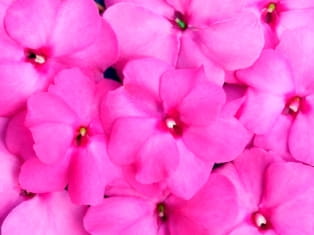 |
| Inch plant | Tradescantia fluminesis | 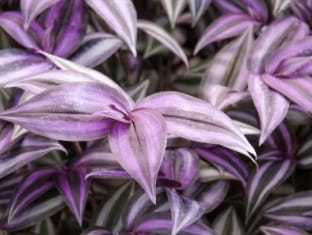 |
| Jade |
Crassula argentea |
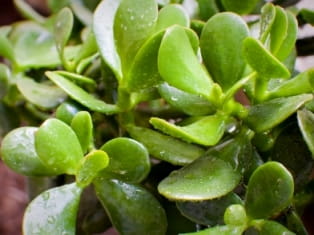 |
| Petunia | Petunia | 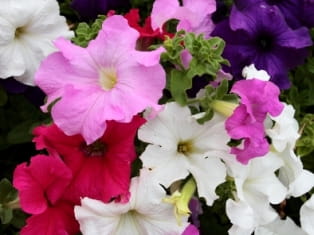 |
| Poinsettia (may cause irritation) | Euphorbia pulcherrima | 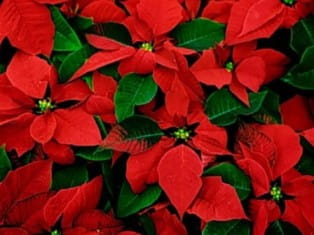 |
| Rose |
Rosa | 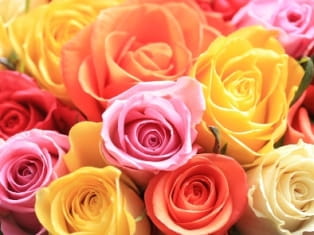 |
| Spider plant |
Chlorophytum comosum | 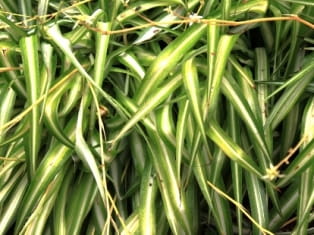 |
| Swedish ivy |
Plectranthus spp. | 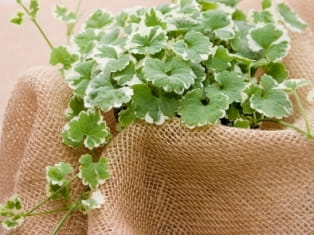 |
| Wild strawberry | Fragaria virginiensis | 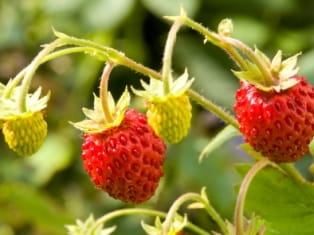 |
Mushrooms
Eating any amount of any wild mushroom could be very dangerous. Mushrooms may look alike but be very different. Call Poison Control right away if anyone eats any part of a mushroom picked from a yard or the woods.
There are bold mushroom hunters and here are old mushroom hunters, but there are no old bold mushroom hunter. -- A wise person.
Poisoned? Get Expert Help.
Don't guess what you should do. Get accurate Poison Control answers online or by phone. Both are free and confidential.
or CALL 1-800-222-1222
For More Information
Wild Mushroom Warning (The Poison Post®)Azaleas and Rhododendrons (The Poison Post®)
Foxglove: Toxic to the Heart (The Poison Post®)
Bird of Paradise Plant is Beautiful and Non-Toxic (The Poison Post®)
References
Bronstein AC, Spyker DA, Cantilena LR Jr, Green JL, Rumack BH, Dart RC. 2010 Annual report of the American Association of Poison Control Centers’ National Poison Data System (NPDS): 28th annual report. Clinical Toxicology. 2011;49:910-941.
Bronstein AC, Spyker DA, Cantilena LR Jr, Green JL, Rumack BH, Giffin SL. 2009 Annual report of the American Association of Poison Control Centers’ National Poison Data System (NPDS): 27th annual report. Clinical Toxicology. 2010;48:979-1178.
Bronstein AC, Spyker DA, Cantilena LR Jr, Green JL, Rumack BH, Giffin SL. 2008 Annual report of the American Association of Poison Control Centers’ National Poison Data System (NPDS): 26th annual report. Clinical Toxicology. 2009;47:911-1084.
Bronstein AC, Spyker DA, Cantilena LR Jr, Rumack BH, Dart RC. 2011 Annual report of the American Association of Poison Control Centers’ National Poison Data System (NPDS): 29th annual report. Clinical Toxicology. 2012;911-1164.
Mowry JB, Spyker DA, Cantilena LR Jr, Bailey JE, Ford M. 2012 Annual report of the American Association of Poison Control Centers’’ National Poison Data System (NPDS): 30th annual report. Clinical Toxicology. 2013;51:949–1229.
Palmer MP, Betz JM. Plants. In: Nelson LS, Lewin NA, Howland MA, Hoffman RS, Goldfrank LR, Flomenbaum. Goldfrank’s toxicologic emergencies, 9th ed. New York: McGraw Hill; 2011. p. 1537-1560.
USDA, NRCS. 2014. The PLANTS Database [Accessed 15 June 2014] National Plant Data Team, Greensboro, NC 27401-4901 USA.
Poisoned? Get Expert Help.
Don't guess what you should do. Get accurate Poison Control answers online or by phone. Both are free and confidential.
or CALL 1-800-222-1222

